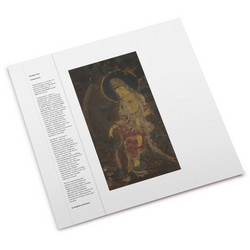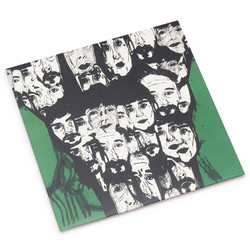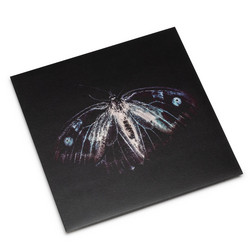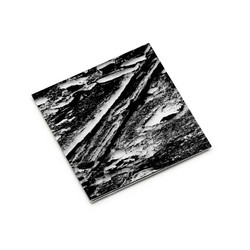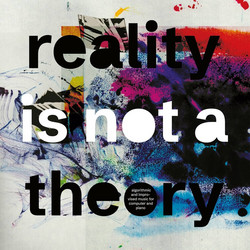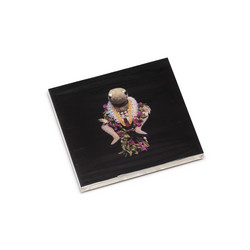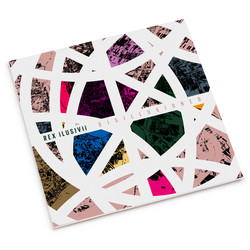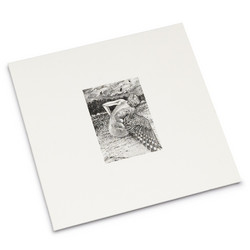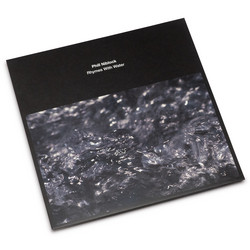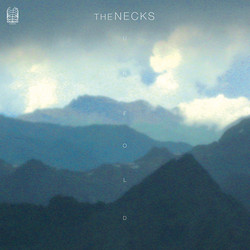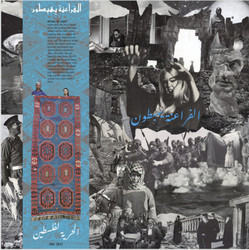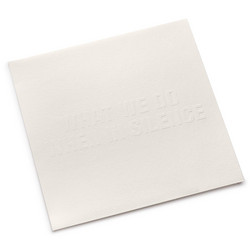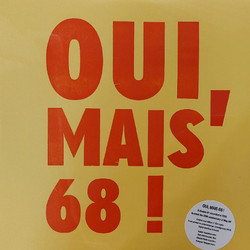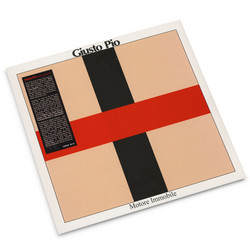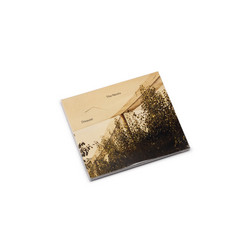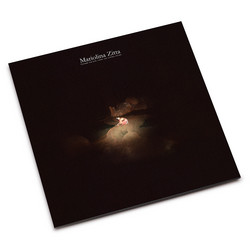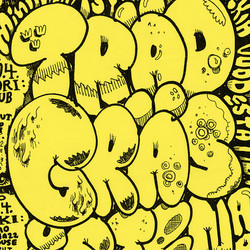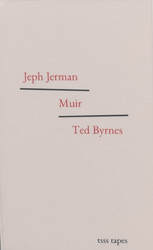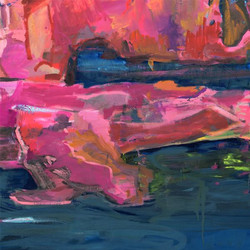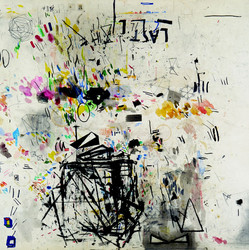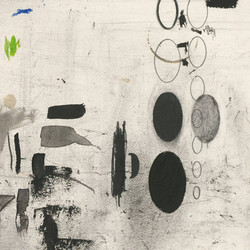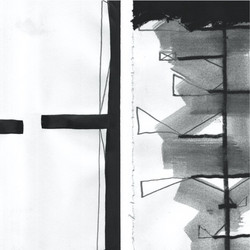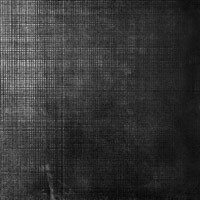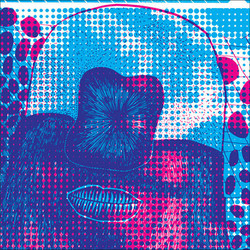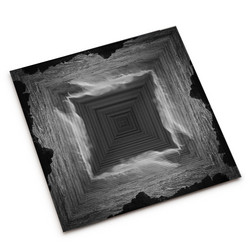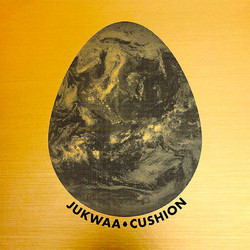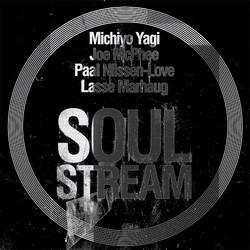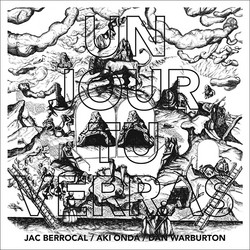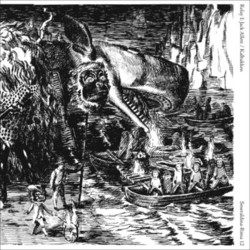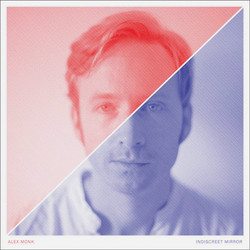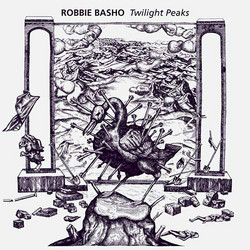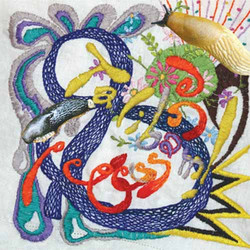Linus, Niels Van Heertum, Nils Økland
Felt Like Old Folk (LP+CD)
**LP comes in screen printed open sleeve on heavy 630 gsm kraft stock, insert and heavy PVC outer sleeve. LP art comes in A, B and C-varieties A, B and C are cut out of one whole screen printed work by artist Ante Timmermans. LP edition includes complimentary CD (disk only). Edition of 167 ** The music of Linus does not have a fixed trajectory which stifles the imagination. Nor does the duo engage in obvious grandeur or cheap effects. On the contrary, the music is sketched, patiently and with delicate shades of grey, measured and restrained, free from crude interventions and abrupt outbursts. Coherence and freedom are central. The music is cinematic without transparently clinging to images. Instead, it tickles the imagination with its combination of mystery and familiarity, beauty and a little confusion. It both challenges and comforts.
This is nothing new. Onland, the first album of Linus—guitarist Ruben Machtelinckx and reed player Thomas Jillings—featured compositions at the crossroads of folk, minimalism and improvisation. Jazz, however, was always within reach, as was melancholy. An abundance of melancholy. It was meditative, without becoming too maudlin or too simple. Most of all, it was a search for a spontaneous harmony, an organic self-evidence, with a clear focus and a nebulous execution. Not a conclusive story, but many captured moments linked together.
The duo followed a path which was mirrored by Machtelinckx's quartet with Joachim Badenhorst, Hilmar Jensson and Nathan Wouters. Just as the quartet's second album increased the distance between pivotal points, Linus' second album, a collaboration with guitar and banjo player Frederik Leroux and percussionist Øyvind Skarbø, also stepped out into less familiar terrain. The sound palette became more eclectic and the improvisation and exploration became more pronounced, an evolution which continues with this new quartet.
For their third album the duo not only engaged old acquaintance Niels Van Heertum (euphonium and flugelhorn, member of Ifa Y Xango and the band of Chantal Acda), but also violinist Nils Økland, who is a representative of the flourishing Norwegian scene, and who operates in between contemporary music, improvisation and minimalism. Økland is a specialist of the Hardanger fiddle and an associate of Skarbø's in the trio 1982. He made an impression with his solo work and at the side of Christian Wallumrød and Arve Henriksen, among others. After coming to Belgium with a baroque orchestra, he stayed on for another day to go into the studio with the three Belgians. His arrival propels Linus further towards the Far North, with its magnificent views and open landscapes.
Improvisation is no longer an element. Instead it has become the main ingredient, the real heart of the music. Even more than in the past, the result feels like the musicians only really met when they took out their instruments. They play by feeling, without preparation or strategy, but also without haste or inhibition. The sounds resonate endlessly, fluctuate and resolve when new ideas arise. If it sounds chilly, solitary and contrary at times, there is also a great calm that flows from the minimalistic interplay. There is definitely a collective vision in which every component has a crucial role to fulfill.
This form of music is not simply an agreeable pastime. It is a social interaction. It is cooperation as in an ancient rite. It is a moment of contemplation. It displays curiosity, openness and interest, for each other, for the possibilities of the individual instruments and their inexhaustible combinations. And so it becomes possible for Linus to sound more connected, more personal and more timeless than ever, despite a maximal freedom and spontaneity, despite an enhanced confidence in their own abilities and lack of a clear framework.
—Guy Peters—
